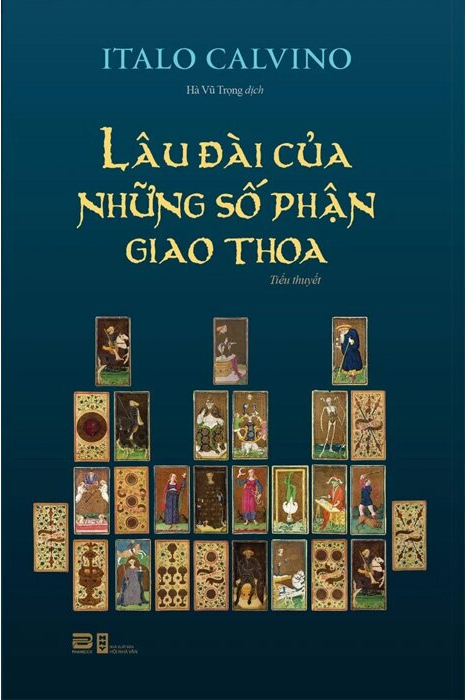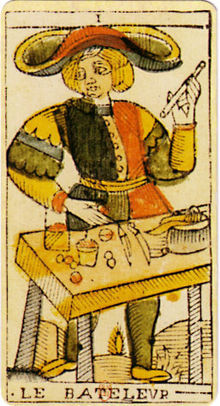What do you think?
Rate this book


172 pages, Paperback
First published January 1, 1969
I decided to break what I believed a drowsiness of tongues after the trials of the journey, and I was about to burst forth with a loud exclamation such as “Health to all!” or “Well met!” or “It’s an ill wind…”; but no sound came from my lips. The drumming of spoons, the rattle of goblets and crockery were enough to persuade me I had not gone deaf: I could only presume I had been struck dumb. My fellow diners confirmed this supposition, moving their lips silently in a gracefully resigned manner: it was clear that crossing the forest had cost each of us the power of speech.
He set down the figure of the King of Swords, which attempted to render in a single portrait his bellicose past and his melancholy present, at the square’s left edge, beside the Ten of Swords. And our eyes seemed suddenly blinded by the great dust cloud of battles: we heard the blare of trumpets; already the shattered spears were flying; already the clashing horses’ muzzles were drenched in iridescent foam…
Rising to his feet on his throne, the regal interlocutor changes and becomes unrecognizable: at his back it is not an angelic plumage that opens, but two bat-wings that darken the sky, the impassive eyes have become crossed, oblique, and the crown has sprouted horn branches, the cloak falls to reveal a naked, hermaphroditic body, hands and feet prolonged into talons.
“Why, were you not an angel?”
“I am the angel who dwells in the point where lines fork. Whoever retraces the way of divided things encounters me, whoever descends to the bottom of contradictions runs into me, whoever mingles again what was separated feels my membraned wing brush his cheek!”





